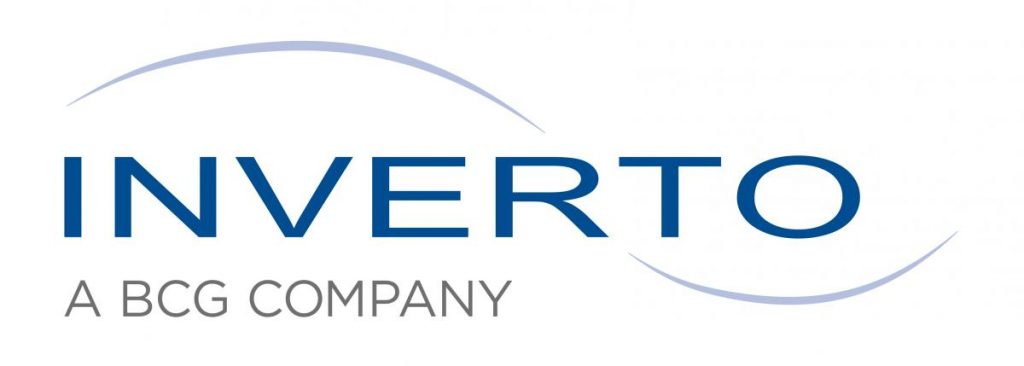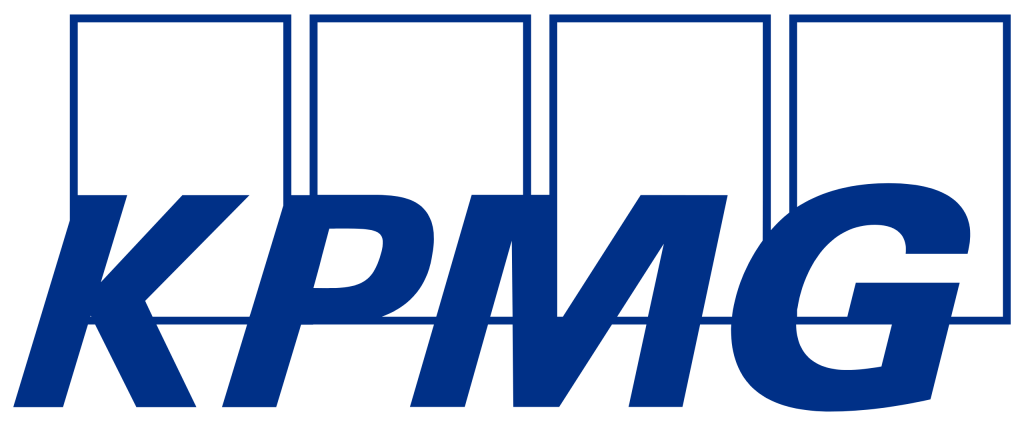Erfolgreiche studentische Unternehmensberatung seit über 25 Jahren
Erfolgreiche studentische Beratung
seit über 25 Jahren
Das Leistungsspektrum
Unser umfassendes Leistungsspektrum deckt vier entscheidende Säulen ab: Marketing und Strategie, Schulung und Weiterbildung, Software und IT sowie Prozesse und Organisation. Entdecken Sie die vielseitigen Möglichkeiten, die unsere Dienstleistungen bieten, um Ihren Erfolg zu steigern.
Software und IT
Eine funktionierende IT-Infrastruktur sind das Rückgrat jedes Unternehmens. Wie können Sie Ihre Hard- und Software optimieren? Wie managen Sie Ihre Datenstrukturen und Dokumente?
Schulung und Weiterbildung
Die Weiterbildung Ihrer Mitarbeiten in Soft-Skills und IT-Anwendungen ist heute essenziell. Benötigen Sie dabei Unterstützung?
Prozesse und Organisation
Sie wollen Ihre internen Potentiale identifizieren und realisieren? Sie wollen in einer schnelllebigen Welt besser hinsichtlich Leistung, Qualität und Kosten aufgestellt sein?
Marketing und Strategie
Sie möchten wissen, welche strategische Ausrichtung den größten Erfolg am Markt bringt? Und wie Sie Ihre ideale Zielgruppen auch erreichen?
Marketing und Strategie
Sie haben eine Idee und möchten diese in die Realität umsetzen? Sie möchten wissen, welche strategische Ausrichtung den größten Erfolg am Markt bringt? Und wie Sie Ihre ideale Zielgruppen auch erreichen?
Software und IT
Eine funktionierende IT-Infrastruktur und Verarbeitung von Daten sind das Rückgrat jedes Unternehmens. Wie können Sie Ihre Hard- und Software optimieren? Wie managen Sie Ihre Datenstrukturen und Dokumente?
Prozesse und Organisation
Sie wollen Ihre internen Potentiale identifizieren und realisieren? Sie wollen in einer schnelllebigen Welt besser hinsichtlich Leistung, Qualität und Kosten aufgestellt sein? Sie benötigen Lösungen, die auch funktionieren?
Schulung und Weiterbildung
In Zeiten des Fachkräftemangels ist die Weiterbildung der eigenen Mitarbeiter essenziell. Wie bilden Sie Ihre Mitarbeiter in Schlüsselkompetenzen, Projektmanagement, Leadership und IT-Anwendungen weiter?
Unsere Referenzen
Aus diesen Branchen haben wir bereits Kunden mit unserer Expertise überzeugen können:
Mobilität
Mobilität
Unsere KundenMedizin
Medizin
Unsere KundenBeratung
Beratung
Unsere KundenBildung
Bildung
Unsere KundenIndustrie-
güter
Öffentliche
Hand
Technologie
und IT
Weitere
Branchen
Automobil
Automobil
Unsere KundenBaugewerbe
Baugewerbe
Unsere KundenBeratung
Beratung
Unsere KundenBildung
Bildung
Unsere KundenIndustriegüter
Industrie-güter
Unsere KundenÖffentliche Hand
Öffentliche Hand
Unsere KundenTechnologie & IT
Technologie & IT
Unsere KundenWeitere Branchen
Weitere Branchen
Unsere KundenIndustriegüter
Industrie-güter
Unsere KundenÖffentliche Hand
Öffentliche Hand
Unsere KundenTechnologie & IT
Technologie & IT
Unsere KundenWeitere Branchen
Weitere Branchen
Unsere KundenInteresse geweckt?
Der Projektablauf
Projektanfrage
Sie sind auf fuks aufmerksam geworden, haben sich von unserer Expertise und unseren Referenzen überzeugt und möchten nun ein Projekt mit uns durchführen? Gerne nehmen wir Ihre unverbindliche Projektanfrage mittels unseres Kontaktformulars entgegen.
Erstgespräch
Teamauswahl
Auf Basis des Erstgespräches wird aus unserem Pool von erfahrenen Projektleitern und studentischen Beratern ein geeignetes Beratungsteam ausgewählt. Unser Bewerbungsverfahren garantieren, dass anhand von fachlicher Kompetenz und Praxiserfahrung ein Team zusammengestellt wird, das für Ihre konkrete Problemstellung optimal geeignet ist.
Angebot
Das Projektteam gründet für die Dauer des Projektes eine Gesellschaft bürgerlichen Rechts (GbR), die rechtlich selbstständig von unserem Verein agiert. Diese erstellt Ihnen ein konkretes Angebot, in dem der Inhalt und Umfang des Projektes festgehalten werden. Sagt Ihnen das Angebot zu, wird auf dessen Basis ein Beratungsvertrag zwischen Ihnen und der GbR geschlossen.
Projektdurchführung
Während der Projektdurchführung gewährleisten wir durch eine enge Zusammenarbeit mit Ihnen und durch regelmäßige, offene Kommunikation, dass Ihren Vorstellungen Rechnung getragen wird und Sie über die Fortschritte Ihres Projektes stets gut informiert sind. Um unserem hohen Qualitätsanspruch an die Projektarbeit gerecht zu werden, wird jedem Beratungsteam ein interner Qualitätsmanagement-Beauftragter von fuks zur Seite gestellt.
Projektabschluss
Nach Fertigstellung des Projektes präsentieren wir Ihnen die Ergebnisse in einer Abschlusspräsentation, sowie in schriftlicher Form. Um unsere Erfahrung und die Qualität der Projekte stetig weiter auszubauen, freuen wir uns abschließend auf Ihr Feedback zu unserer Arbeit.
Was unsere Kunden über uns sagen




Workshops mit fuks
In Zusammenarbeit mit Unternehmen bietet fuks jedes Semester mehrere Workshops, Cases oder Schulungen an. Als eingeschriebene Hochschulgruppe am Karlsruher Institut für Technologie (KIT) bieten wir einen exklusiven Zugang zu Studierenden, die sich insbesondere für die Beratung interessieren. Sie sind interessiert an einem gemeinsamen Workshop?
Workshops im Soomersemester 24:


Workshops im Winter Semester 23/24


Unsere Partner



Unsere Partner



Unser Magazin
3000 Exemplare pro Auflage
Nutzen Sie die Gelegenheit, Werbeanzeigen im „Karlsruher Transfer“ zu schalten, um Studierende des Karlsruher Instituts für Technologie (KIT), ehemalige fuks-Mitglieder und KIT-Institute zu erreichen.

fuks e.V
Waldhornstraße 27
76131 Karlsruhe

Ihr Ansprechpartner Geschäftsbereichsleiter Beratung
Hendrik Eltges
Sie müssen den Inhalt von reCAPTCHA laden, um das Formular abzuschicken. Bitte beachten Sie, dass dabei Daten mit Drittanbietern ausgetauscht werden.
Mehr InformationenMit dem Absenden dieses Kontaktformulars stimmen Sie den Datenschutzbestimmungen zu.























